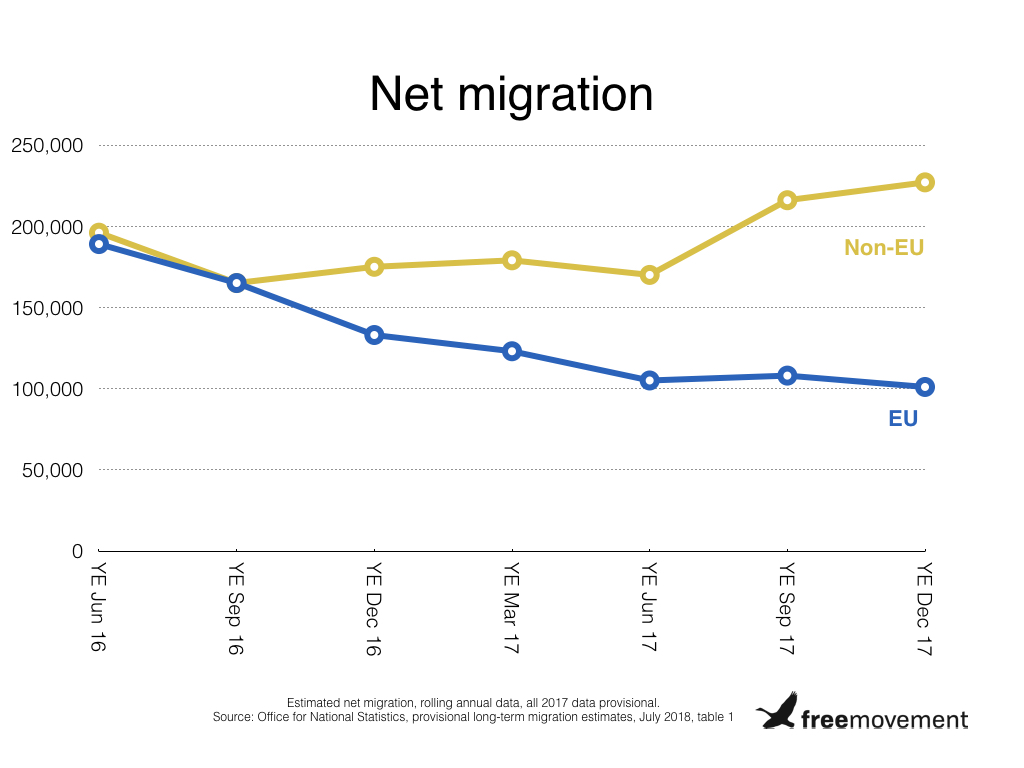- BY CJ McKinney

Big fall in the number of EU workers coming to the UK as Brexit bites
THANKS FOR READING
Older content is locked

A great deal of time and effort goes into producing the information on Free Movement, become a member of Free Movement to get unlimited access to all articles, and much, much more
TAKE FREE MOVEMENT FURTHER
By becoming a member of Free Movement, you not only support the hard-work that goes into maintaining the website, but get access to premium features;
- Single login for personal use
- FREE downloads of Free Movement ebooks
- Access to all Free Movement blog content
- Access to all our online training materials
- Access to our busy forums
- Downloadable CPD certificates
The number of EU workers allocated a National Insurance number in the UK fell by over a fifth last year, new figures from the Office for National Statistics show. The data, which also shows a large fall in the number of EU citizens coming to look for work, is the latest confirmation that Brexit is making Britain a less attractive place for EU citizens to live and work.
Just under 500,000 National Insurance numbers were issued to EU citizens in 2017. That is 21% fewer than in 2016 and 200,000 fewer than the peak a few years ago.
The ONS also noted a drop of one third in the number of EU citizens coming to the UK to look for work (as opposed to having a job lined up already). It said:
Of the 141,000 long-term EU citizens coming to the UK for work-related reasons, 37,000 were looking for work, a decrease of 18,000 compared with the previous year. The number of EU citizens coming to the UK looking for work has been declining since year ending June 2016 [i.e. since Brexit].
Overall, the estimates confirm the slowdown in EU immigration since the referendum. Annual net migration now stands at around 100,000, a five-year low. Net migration is the number of immigrants minus the number of emigrants.

The number of Europeans returning home to live, in particular, has soared. It was a new record 139,000 in the year to December 2017, up from 86,000 two years ago and almost double the rate it was five years ago.
Non-EU net migration has risen significantly, but the fall in the number of migrants from the EU means that net migration overall is steady, having dropped off considerably since 2015. It was an estimated 282,000 over the course of 2017, not significantly different to last year. The government’s target for net migration is 100,000 a year or fewer.
Today’s statistics were supposed to be published in May but were held over due to concerns about data quality. The error had been introduced during the ONS’s ongoing overhaul of immigration data collection, which is widely acknowledged to be shaky.
And here we have it – it seems that International Passenger Survey is massively underestimating emigration, especially in study category – this indicates it is overestimating net non-EU migration pic.twitter.com/BEcrFO2ucn
— Marley Morris (@MarleyAMorris) July 16, 2018
